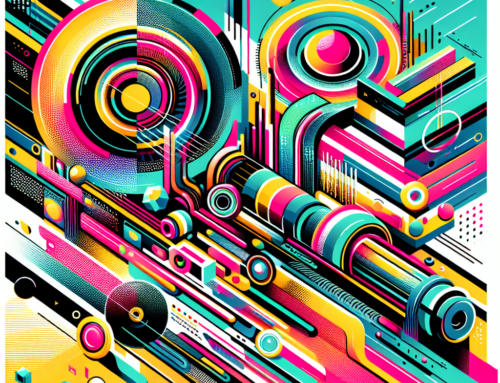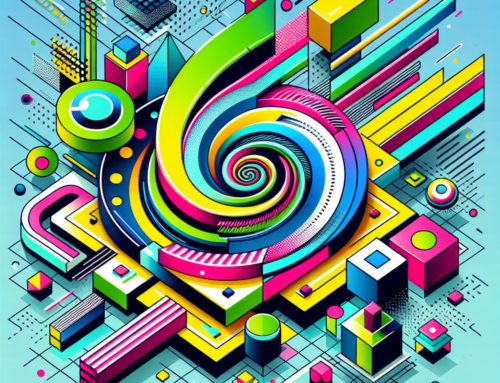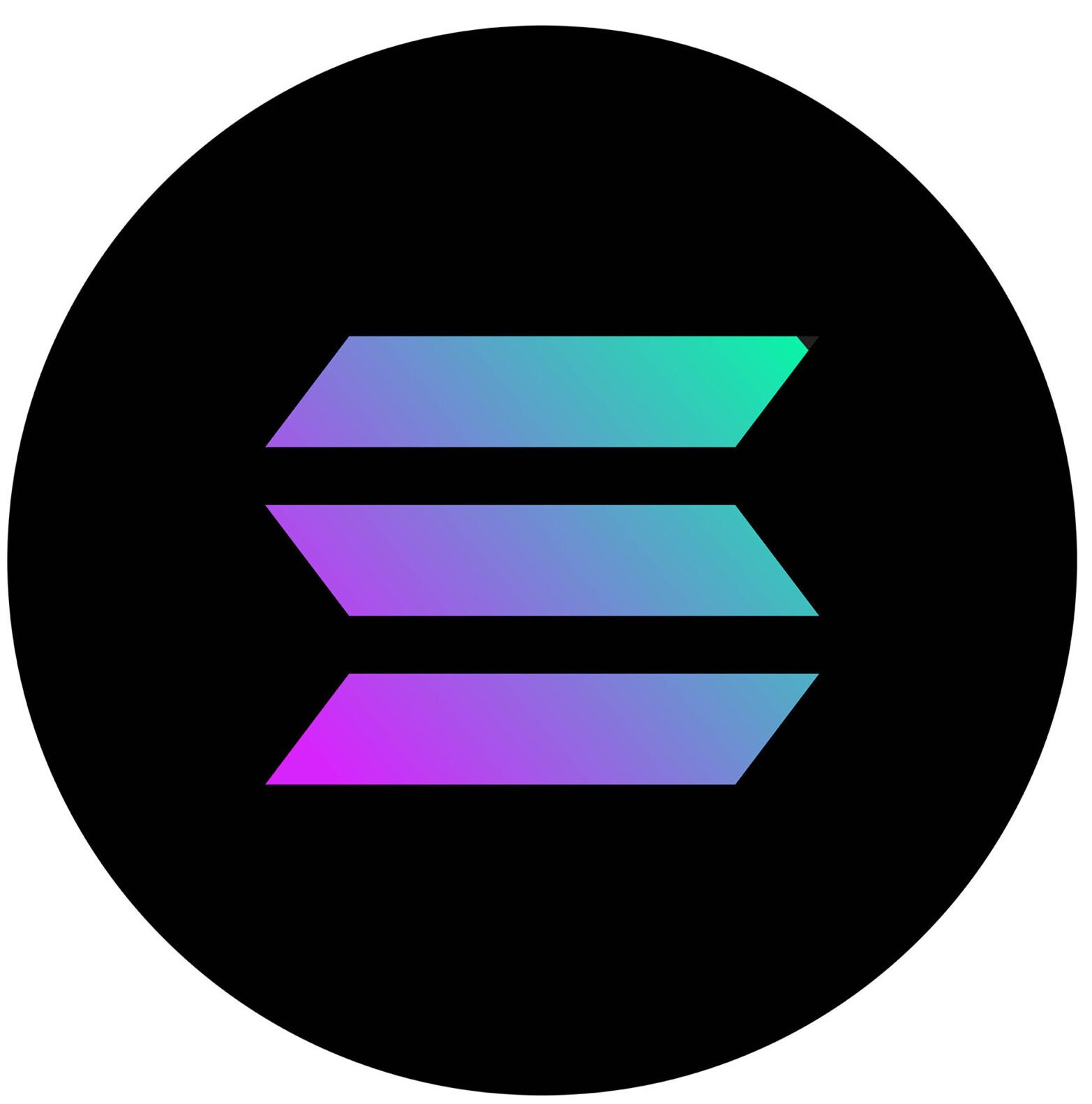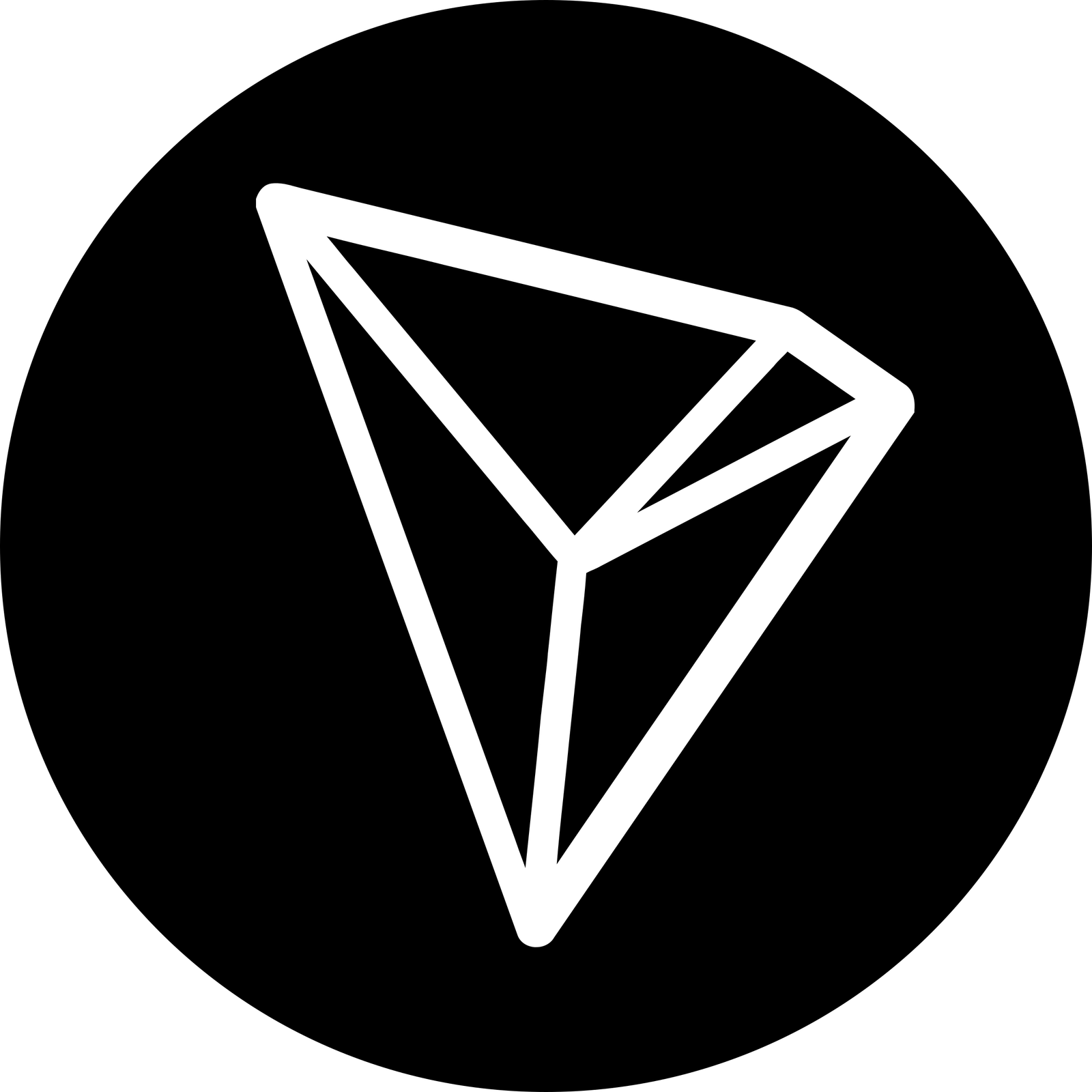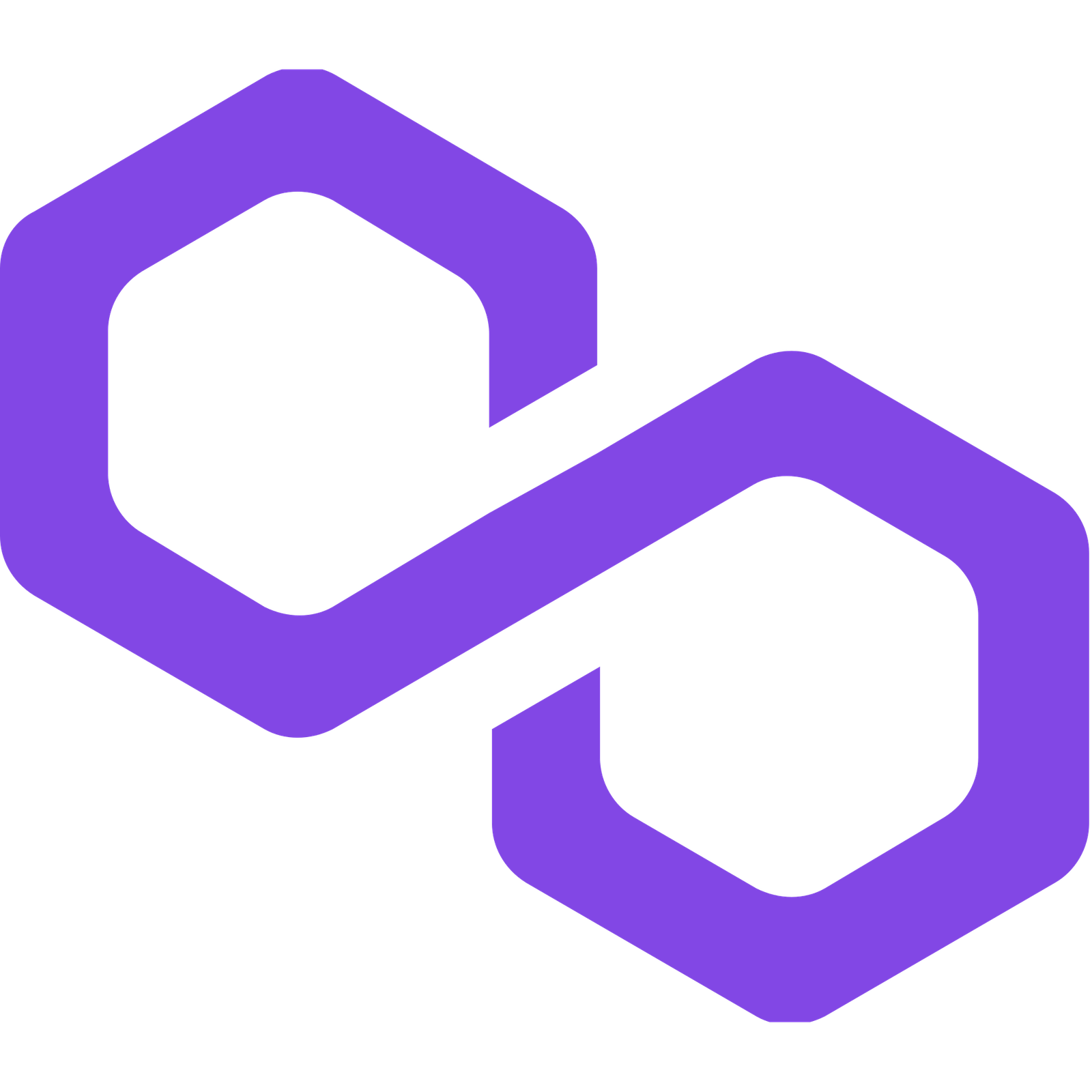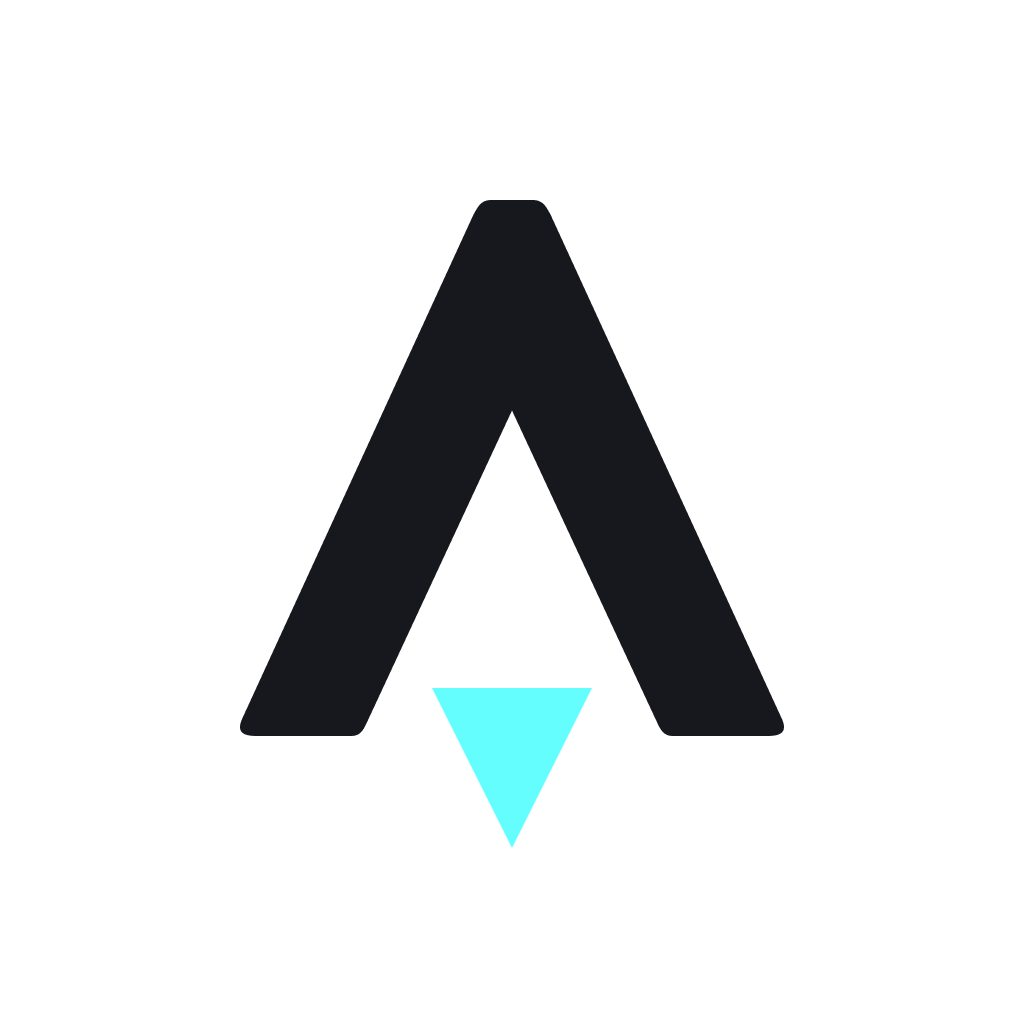Unlocking the Future: Decentralized Exchanges Explained
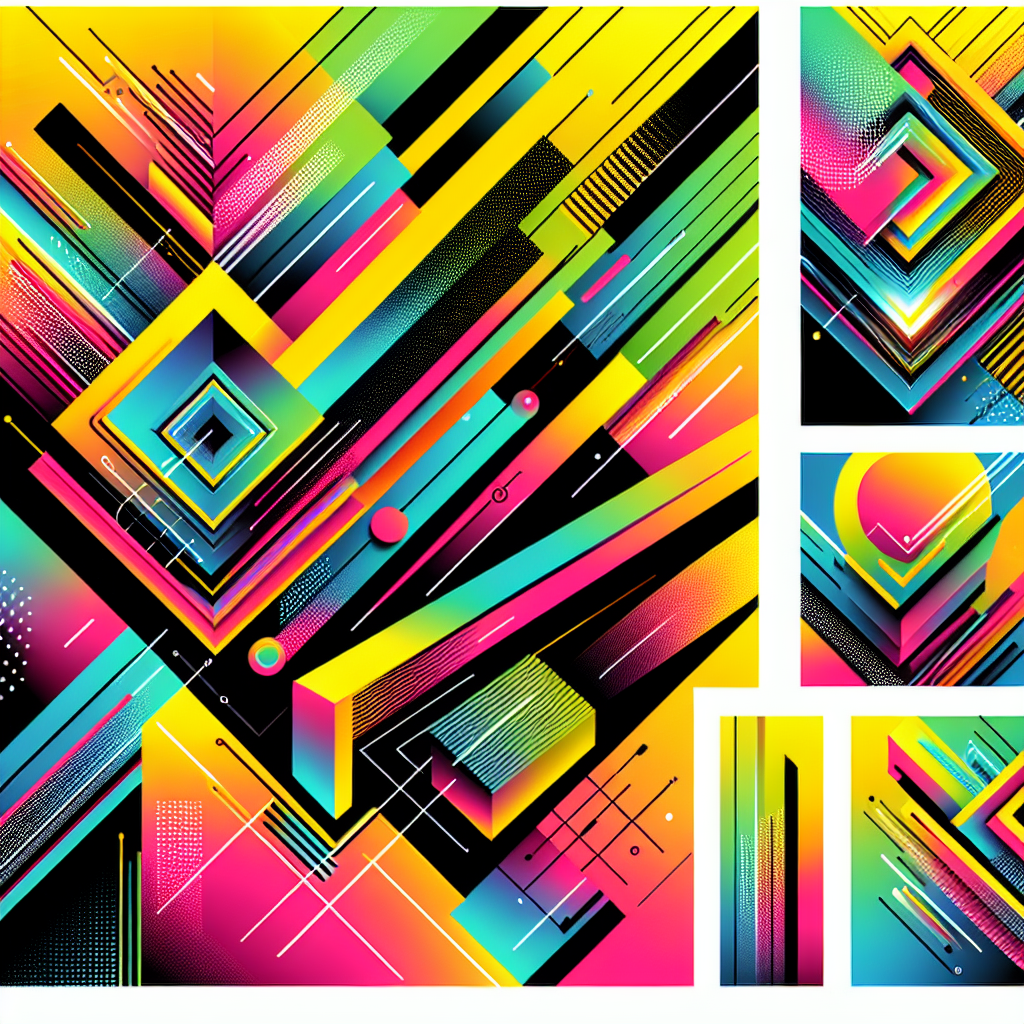
Unlocking the Future: Decentralized Exchanges Explained
In an era where digital transactions dominate our lives, the emergence of decentralized exchanges (DEXs) represents a revolutionary shift in the way we think about finance, assets, and interaction in the digital realm. Built on the principles of transparency, security, and autonomy, DEXs are at the forefront of the ongoing transformation entailed by Web3 – the next generation of the internet where users regain control over their digital experiences.
Innovative Developments & Emerging Technologies
The evolution of blockchain technology is an essential backbone for decentralized exchanges. Recent advancements, notably in layer-2 solutions, allow for increased transaction speeds and reduced costs. Protocols such as Ethereum 2.0 and projects like Optimism are enhancing scalability while maintaining the core principles of decentralization. These upgrades are critical as they facilitate a growing number of decentralized finance (DeFi) applications, which include lending, borrowing, and trading without intermediaries.
The integration of NFTs into these platforms further exemplifies the innovation within Web3. Traditional uses of NFTs as digital art or collectibles are evolving; they’re now also being harnessed as in-game assets, staking mechanisms, and governance tokens. For instance, Aavegotchi, which combines DeFi and NFTs, allows users to interact with and trade their digital pets while leveraging advanced yield-generating features. This intersection opens up a plethora of opportunities for unique user experiences and revenue models.
As we consider the interplay of Web3 technologies, the role of AI and immersive technologies like virtual reality (VR) and augmented reality (AR) cannot be understated. Companies are exploring how AI can streamline user interfaces and enhance the usability of DEXs. Meanwhile, VR and AR technologies could create immersive environments for trading and interacting with digital assets, unlocking entirely new dimensions of engagement within the metaverse.
Blockchain and Crypto in the Mainstream
Beyond the fringes of tech enthusiasts, blockchain and cryptocurrency are now making waves in mainstream industries, reshaping business models and user interaction. Decentralized platforms like Uniswap and PancakeSwap are pivotal in this paradigm shift, significantly increasing user control and reducing the reliance on traditional financial institutions.
A CoinTelegraph report highlights the rising trust in blockchain protocols as secure and efficient means of facilitating transactions, which is further supported by traditional finance’s slow adaptation to decentralized methodologies. Companies like Mastercard and PayPal are now welcoming cryptocurrency into their services, signaling a notable mainstream acceptance of crypto technologies. It is this shift that lays the groundwork for the rise of decentralized exchanges—turning the once-individualistic trading experience into a collective movement for economic participation.
Web3 and Gaming
The gaming sector is a compelling case study on the practical applications of Web3 technologies. Platforms such as Axie Infinity and The Sandbox are harnessing blockchain to create economies where players can earn while they play. These games exemplify the convergence of gaming and cryptocurrency, allowing players to buy, sell, and trade in-game assets as NFTs. The shift from traditional pay-to-play models to play-to-earn structures enables developers to create more inclusive economic environments.
Moreover, immersive gaming experiences powered by the metaverse promise to create virtual worlds where interactions are decentralized, allowing players not only to enjoy rich narratives and gameplay but also to take ownership of their virtual assets. The ramifications of these innovations extend far beyond the gaming industry, impacting how digital ownership, community engagement, and economic models are perceived in everyday online interactions.
The Role of Decentralized Autonomous Organizations (DAOs)
Governance in this uncharted territory is being redefined by Decentralized Autonomous Organizations (DAOs). These entities utilize blockchain technology to enable stakeholders to participate in decision-making processes transparently and democratically. The DAO movement offers a new governance model where community-driven initiatives can emerge and flourish.
Examples like DAOstack showcase how DAOs streamline governance, enabling collective decision-making in real-time. As these organizations grow, their potential to disrupt conventional structures will be felt across various sectors—from casual community projects to serious investments, influencing how organizations create value.
A Vision for the Future
Looking ahead, the potential for Web3 to reshape digital experiences is enormous. We can speculate that DEXs and decentralized platforms will not only mature but will also become the standard for how transactions are conducted across industries. With the advent of new technologies like quantum computing, interoperability among blockchains, and further enhancements to AI, we are standing on the brink of an unprecedented digital evolution.
The future will likely see an intricate tapestry of interconnected digital environments where users can seamlessly transition across decentralized spaces—be it trading cryptocurrencies, engaging in immersive gaming, or participating in collective decision-making through DAOs. Platforms such as Decrypt and NFT Now are keeping a pulse on these emerging trends, reporting breakthroughs that will undoubtedly shape our understanding of digital ownership and interaction.
Conclusion
The landscape of decentralized finance, exchanges, and the broader Web3 ecosystem is a fascinating study of technological evolution, where the balance of power is gradually shifting from centralized entities to the individual. As the various threads of blockchain, AI, NFTs, and the metaverse continue to weave together, they promise to create a rich and diverse multimedia experience that will forge new connections between creators, consumers, and entire economies.
In this rapidly evolving space, it’s essential for individuals and organizations to stay informed, explore new platforms, and fully participate in the burgeoning decentralized digital ecosystem. The journey towards a more democratized and user-focused digital world has just begun, and the possibilities are as vast as our imagination allows. Embrace this journey, for the unlockable future is here, waiting for each one of us to participate actively in crafting it.



